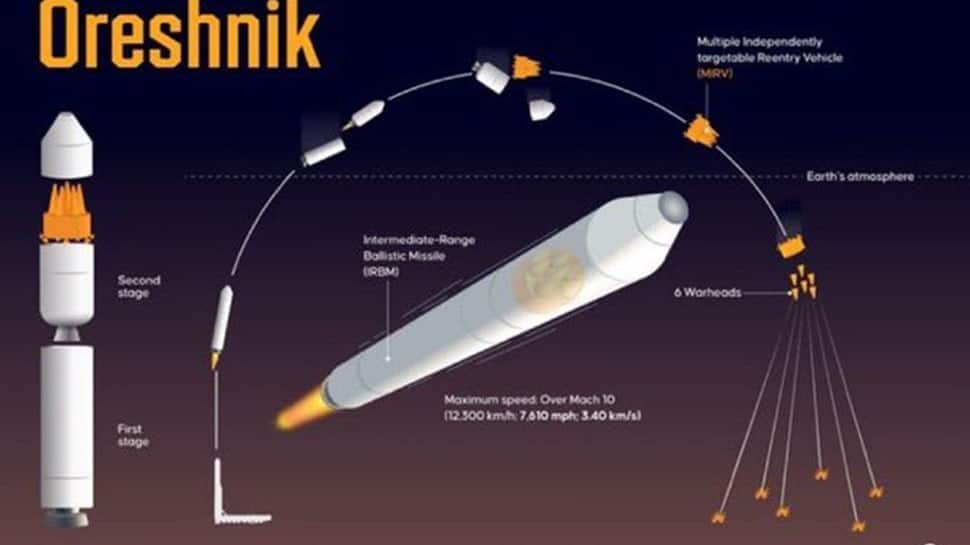)
While not much is known officially about the Oreshnik missiles, it's often claimed that Russia can even target the US and NATO countries with this missile. This hypersonic ballistic missile, whose name means "Hazel tree" in Russian, has drawn significant international attention, not just for its capabilities but also for the strategic message it sends.

The Oreshnik missile made its first confirmed operational appearance on November 21, 2024, during the ongoing conflict in Ukraine. It was reportedly used in an attack on the PA Pivdenmash facility in Dnipro. While initial Ukrainian reports speculated it was an intercontinental ballistic missile, later assessments identified it as the Oreshnik. This debut immediately put the missile on the world's radar, highlighting Russia's continued development of advanced weaponry.

The Oreshnik is an intermediate-range ballistic missile (IRBM) characterized by its reported speed exceeding Mach 10. That's over 12,300 kilometres per hour (7,610 mph)! It's believed to be derived from the RS-26 Rubezh IRBM, a missile that had been test-fired but never officially entered service.

One of the most talked-about aspects of the Oreshnik is its hypersonic speed. Travelling at over Mach 10, it's designed to be extremely difficult to intercept by current air defence systems. This incredible velocity means there's very little time for a defending military to react, making traditional missile defense challenging. The Oreshnik likely involved removing a booster stage from the RS-26, which would reduce its range but potentially enhance its manoeuvrability.

Adding to its complexity, the Oreshnik is equipped with six warheads, each reportedly containing submunitions. This is known as a Multiple Independently Targetable Reentry Vehicle (MIRV) payload. This feature means the missile can target multiple points simultaneously, further complicating interception efforts for existing air defence systems.

Beyond its technical specifications, the Oreshnik's deployment appears to carry a significant strategic message. Many analysts believe its use was intended as a political demonstration and a psychological tool to intimidate Western leadership and populations.

The estimated range of the missile is around 5,800 to 6,000 kilometers. This range is significant because it allows the Oreshnik to target most parts of Europe and potentially parts of Asia, especially if launched from certain locations. This capability puts many NATO capitals within its reach, which is a major concern for Western countries.

While Russian officials have emphasized the Oreshnik's experimental nature, some experts suggest it's more of a novel application of existing technologies rather than a completely new invention. Regardless, its emergence has raised alarms among NATO countries and could potentially trigger an arms race.

(Images: X/AiTelly/@mog_russEN)